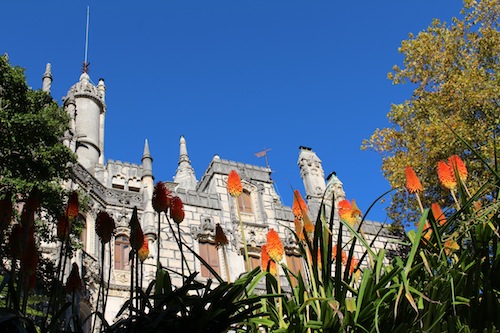It takes a true alchemist to combine Masonry, The Knights Templar, four different types of architecture and perhaps a big dollop of arrogance and not come off looking totally crazy.
Wealthy merchant Antonio Augusto Carvalho Monteiro did just that at Quinta da Regaleira near Sintra, and guess what – it’s a world heritage site too!
The gardens feature grottos, fountains, secret tunnels, towers, lakes and possible Masonic rituals. The house has its own alchemy den on the roof where he spent many hours, days and weeks on endless “projects”. His breathtakingly talented Italian architect – Luigi Manini – designed and laboured over an incredible amount of detail of every inch of Quinta da Regaleira, inside and out, with masterly imagination and astounding prowess in technical drawing.
But for all his millions and attention to romantic detail, Monteiro and his wife lived only one year together in the finished mansion before her early death, and he followed her only eight years later.
They left behind an intriguing and beguiling home – an enigmatic thing of beauty for us to enjoy and marvel at, perhaps the best alchemy of all that he conjured.




















































